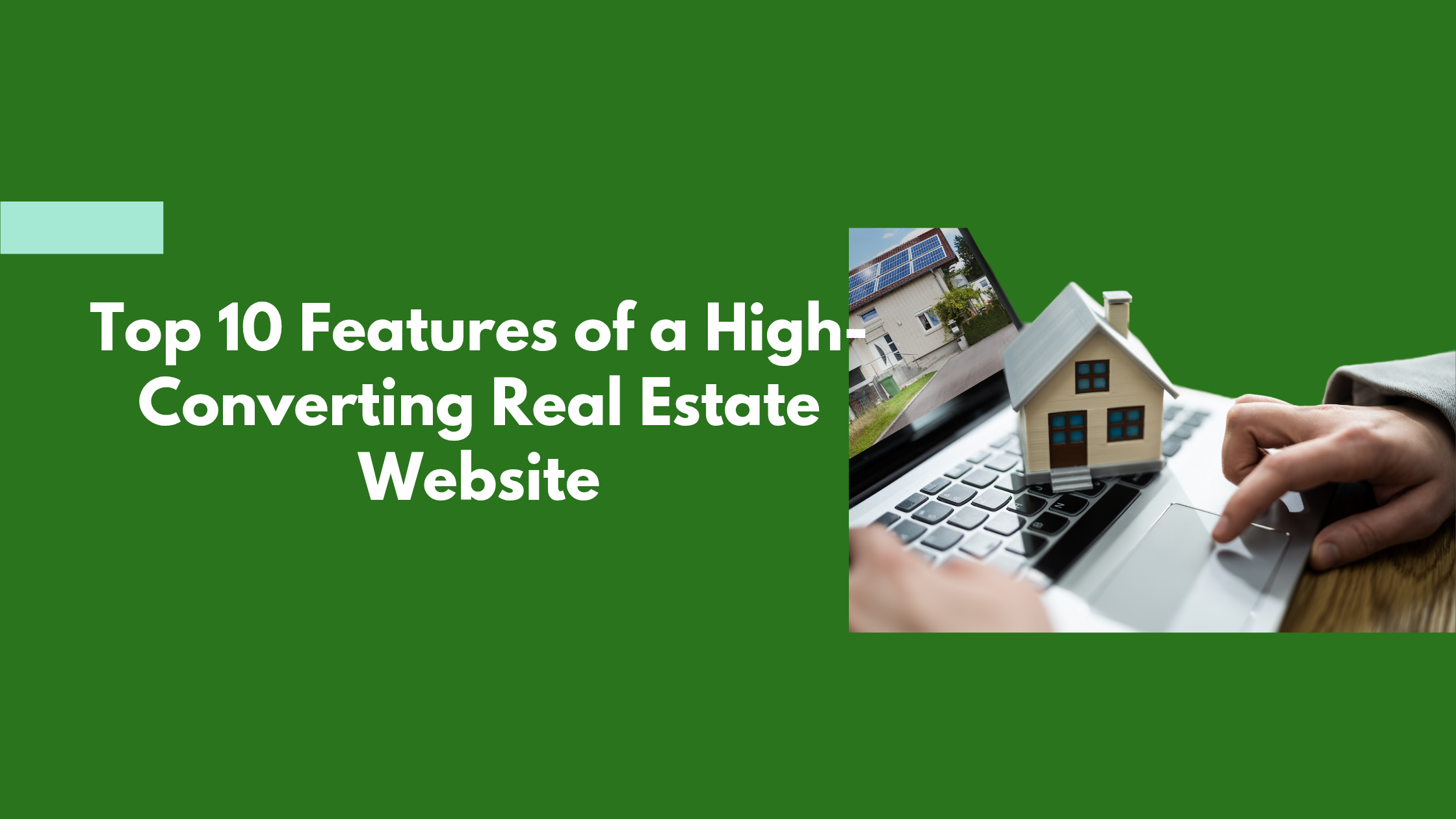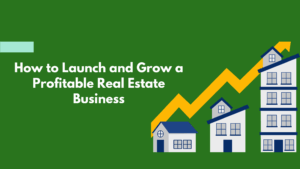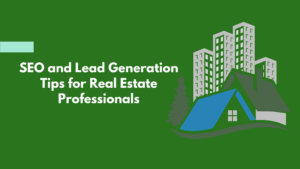If you’re in the real estate business or looking to start, you already know that your website is more than just a digital storefront. It’s your 24/7 salesperson, your lead generation engine, and often the first impression potential buyers and sellers will have of your brand.
But here’s the thing, just having a website isn’t enough. If your real estate services website design doesn’t convert visitors into leads, you’re leaving money on the table.
The features of a high-converting real estate website isn’t just about looking good. It needs to be fast, functional, and built to guide visitors seamlessly from browsing to action. Whether you’re trying to attract home buyers, sellers, or investors, your website should work like a well-oiled machine that nurtures leads and turns them into clients.
So, what separates an ordinary website from a real estate powerhouse? Let’s break down the ten must-have features of a high-converting real estate website.
Table of Contents
1. Intuitive and Mobile-Friendly Design
Imagine this: A potential homebuyer is scrolling through listings on their phone while sipping coffee. They land on your website, but the images are cropped weirdly, the text is tiny, and the search bar is practically hidden. Frustrated, they leave within seconds and never return.
That’s what happens when a website isn’t mobile-friendly. Today, more than 60% of real estate searches happen on mobile devices, so if your website doesn’t adapt seamlessly to different screen sizes, you’re losing a massive chunk of potential clients.
A high-converting real estate website needs to be easy to navigate, with a clean layout that makes searching for properties effortless. Visitors should be able to find what they need without digging through cluttered menus or zooming in on tiny text. Keep things simple; use clear headings, high-contrast fonts, and an intuitive layout that guides users to take action.
2. High-Quality Images and Virtual Tours
Let’s be real, people buy with their eyes first. No one wants to schedule a showing based on a few blurry, low-resolution images. High-quality, professionally shot photos make listings pop, increasing engagement and boosting inquiries.
But photos alone aren’t enough anymore. The modern buyer wants to experience a home before stepping inside. That’s where 3D virtual tours come in. With immersive walk-throughs, potential buyers can explore every corner of a property from the comfort of their couch.
Studies show that listings with virtual tours generate more interest and stay top-of-mind longer than those without.
If you want your website to convert more visitors into leads, invest in top-notch visuals.
Hire a professional photographer, use drone shots for a compelling perspective, and integrate virtual tours for a more interactive experience.
3. Fast Loading Speed
Have you ever clicked on a website that took forever to load? Chances are, you didn’t stick around. Your potential clients won’t either.
Speed matters especially in real estate, where buyers and sellers are making quick decisions. Google research shows that if a page takes more than three seconds to load, over half of users will abandon it. That means every second counts when it comes to keeping visitors engaged.
Slow load times usually come from oversized images, clunky code, and too many third-party scripts. The fix? Optimize your images, use caching, and choose a reliable hosting provider.
A real estate services website design should prioritize performance just as much as aesthetics because a fast website means more leads and better conversions.
4. Advanced Property Search and Filtering
Imagine walking into a store with no aisles, no labels, and no way to find what you’re looking for. That’s what a bad property search experience feels like.
A high-converting real estate website needs a powerful search function that helps users find exactly what they want fast. Buyers should be able to filter results based on price range, location, square footage, property type, and even features like pools or garages. The easier it is for visitors to narrow down their options, the more likely they are to stay on your site and inquire about a property.
Some websites are now integrating AI-powered recommendations, suggesting properties based on user behavior. This personalization keeps visitors engaged and nudges them toward making a decision. If your website for real estate business doesn’t have advanced search features, you’re making house hunting harder than it needs to be.
5. Compelling Property Listings
Great listings do more than just provide information, they sell a lifestyle. Every property description should be written in a way that helps potential buyers visualize themselves in the space. Instead of just listing features, paint a picture.
Instead of saying, “3-bedroom home with a backyard,” try something like, “Wake up to natural light pouring through the oversized windows of this spacious 3-bedroom home, where the private backyard is perfect for summer barbecues.”
Alongside strong descriptions, every listing should include detailed specifications, neighborhood insights, and a clear call-to-action, like “Schedule a Tour” or “Request More Details.” The more engaging and informative your listings are, the more likely visitors will take the next step.
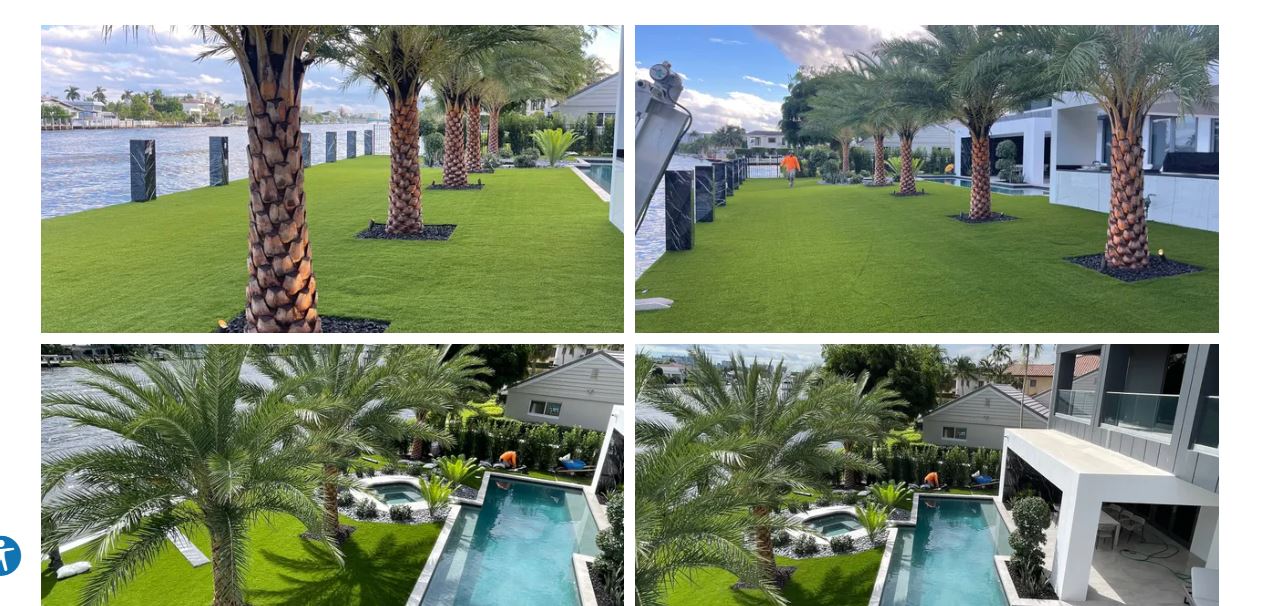
6. Strong Calls-to-Action (CTAs)
You could have the best real estate website in the world, but if you don’t tell visitors what to do next, they’ll leave without taking action.
A high-converting website guides users towards clear next steps, whether that’s booking a showing, signing up for alerts, or contacting an agent. The key is to make your CTAs bold, specific, and impossible to ignore.
Instead of a vague “Learn More,” go with something like “Get Pre-Approved Today” or “See Available Homes in Your Area.”
The placement matters too. CTAs should appear in strategic locations, such as at the end of property descriptions, within blog posts, and in pop-ups that capture leads.
7. Integrated Lead Capture Forms
Your website isn’t just for browsing, it should be a lead-generating machine.
Integrated lead capture forms allow you to collect visitor information and nurture them into clients. But here’s the trick: people won’t fill out a form unless they get something valuable in return.
Offer incentives like free home valuations, exclusive access to new listings, or a downloadable guide on “How to Make a Website for Real Estate Services That Converts.”
Keep forms simple; asking for just a name, email, and phone number increases completion rates.
8. SEO-Optimized Content and Blog
A well-optimized website doesn’t just attract visitors, it makes sure to attract the right visitors.
A strong SEO strategy ensures your website ranks high when people search for properties in your area. This means optimizing property descriptions, using location-based keywords, and maintaining a regularly updated blog with valuable content.
Think of topics like “Best Neighborhoods for First-Time Homebuyers” or “How to Sell Your Home Faster in Today’s Market.”
When you create content that answers real estate questions, your website becomes a trusted resource that draws in potential clients.
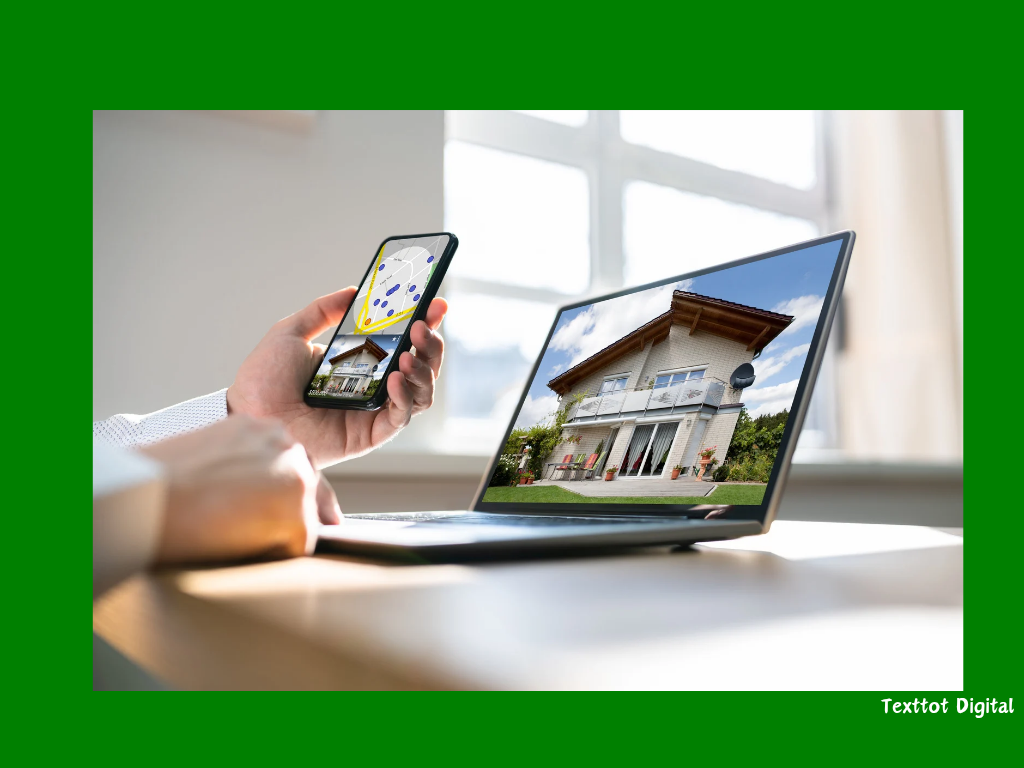
9. Testimonials and Social Proof
Trust is everything in real estate. When people are about to make one of the biggest financial decisions of their lives, they want to work with someone credible.
Client testimonials, video reviews, and case studies add a layer of trust that no ad can match. Displaying social proof prominently on your website reassures visitors that you have a track record of success.
10. CRM and IDX Integration
Behind every great real estate website is a solid backend system that keeps things running smoothly. A CRM helps you manage leads efficiently, while IDX integration ensures your listings stay updated automatically.
When potential buyers see fresh, accurate listings instead of outdated properties, they’re more likely to trust your site as a reliable source.
Need a Sales-driven High-converting Real Estate Website?
A high-converting real estate website isn’t just about having the right features, it’s very much about creating an experience that makes buying and selling homes seamless. If your website isn’t generating leads and closing deals, it’s time for an upgrade.
Need help building a powerful website for your real estate business? At Texttot, we specialize in real estate services website design that turns visitors into clients. Let’s create something amazing together, reach out today!
